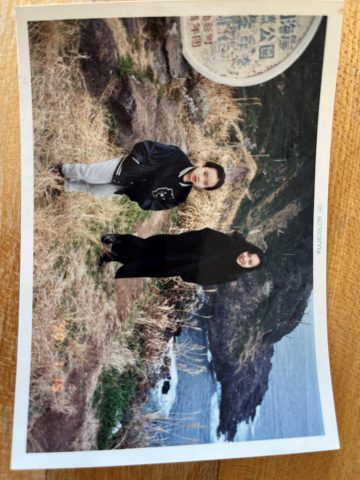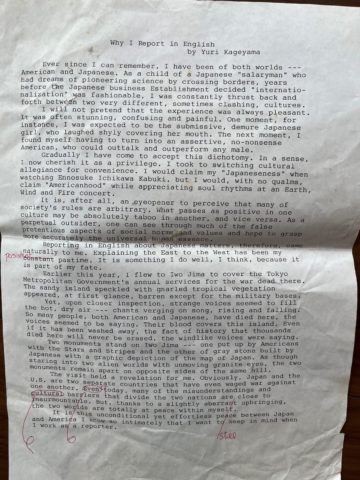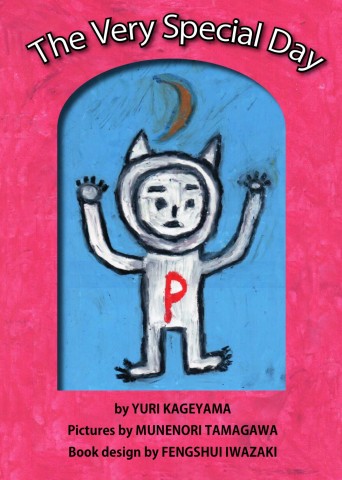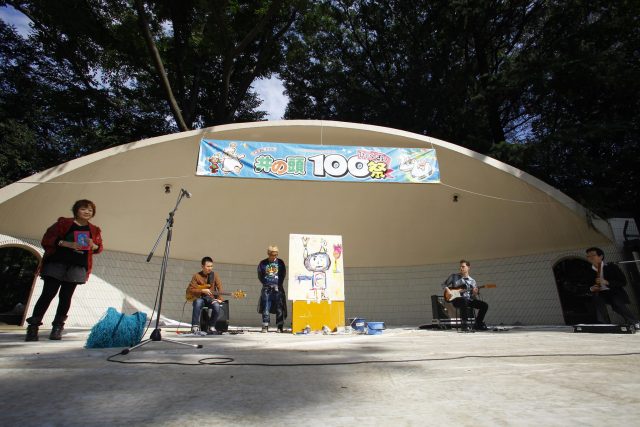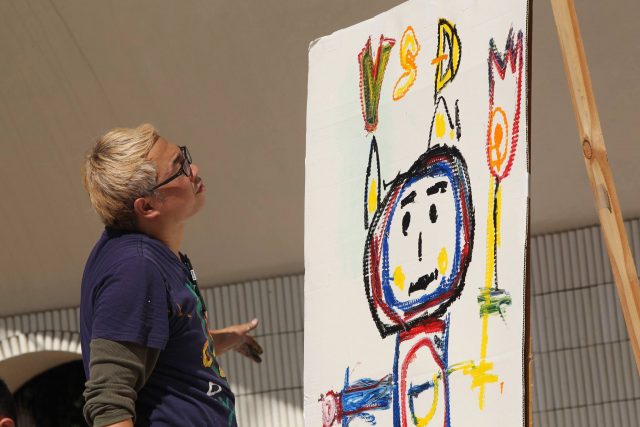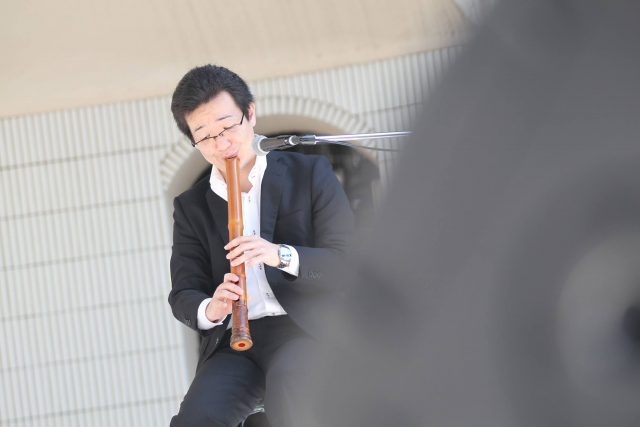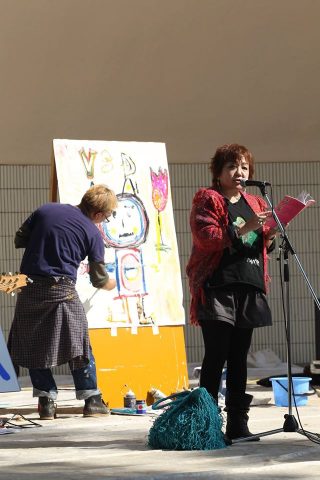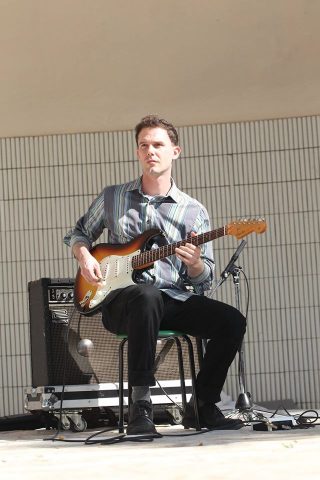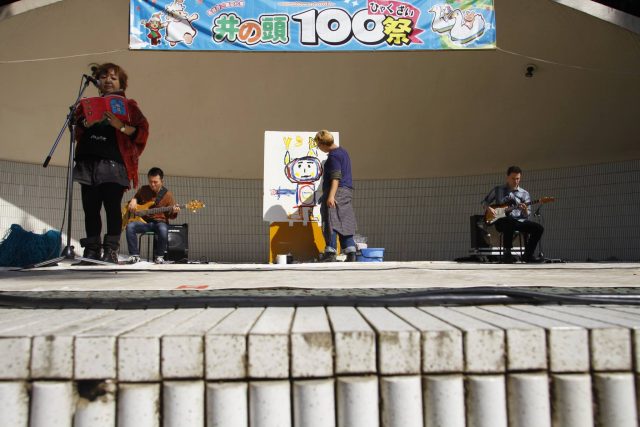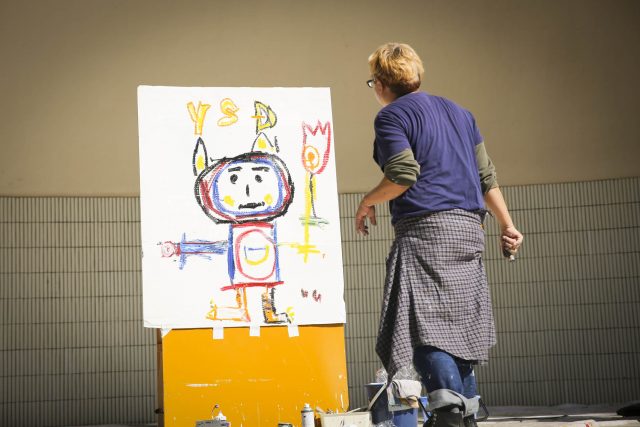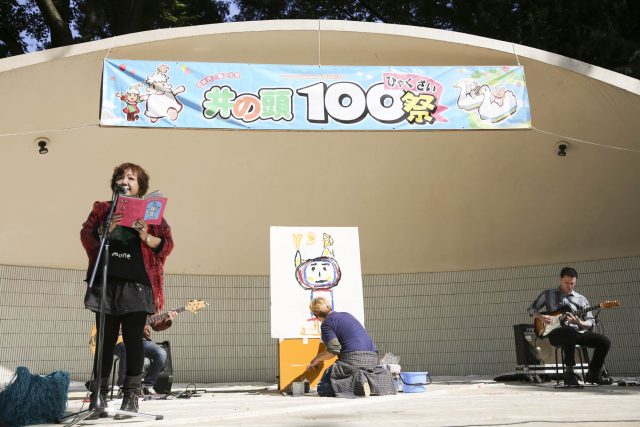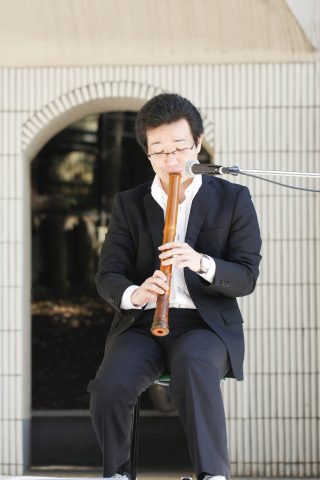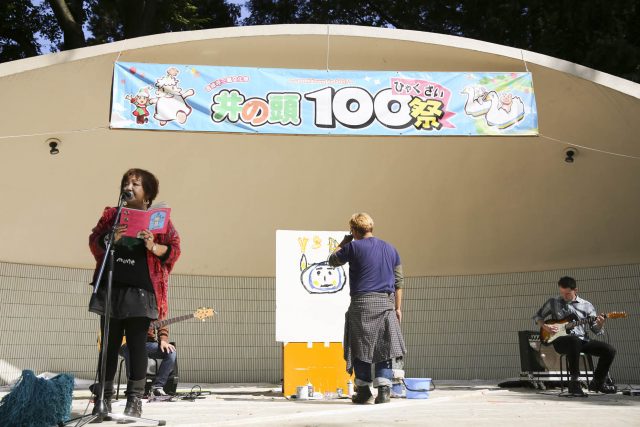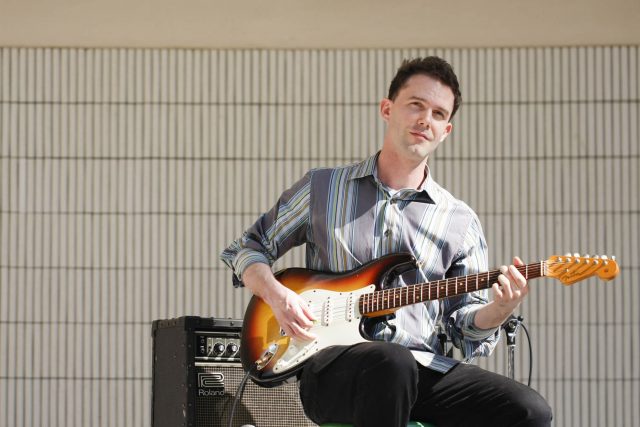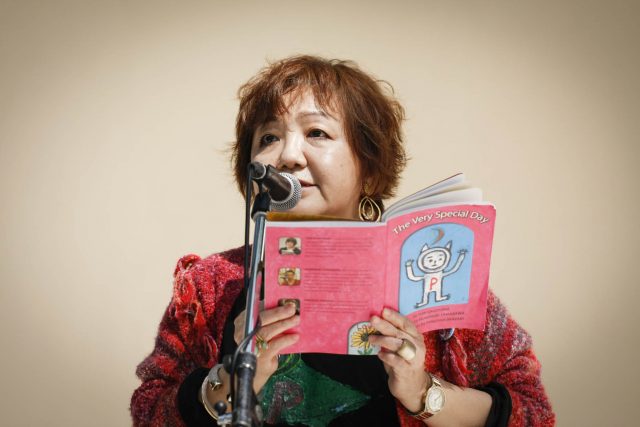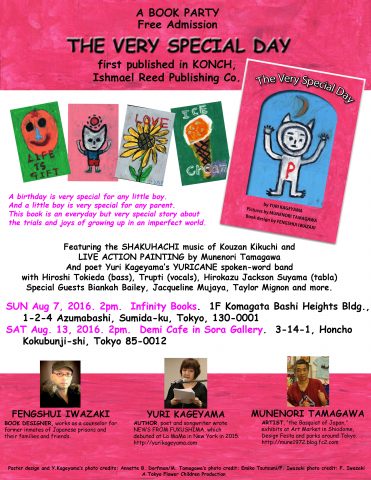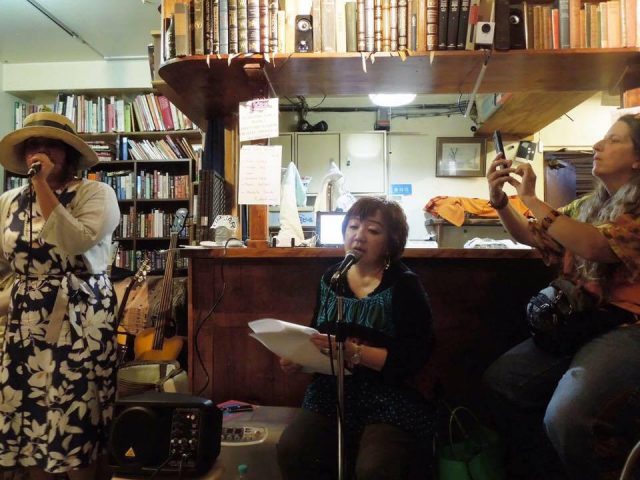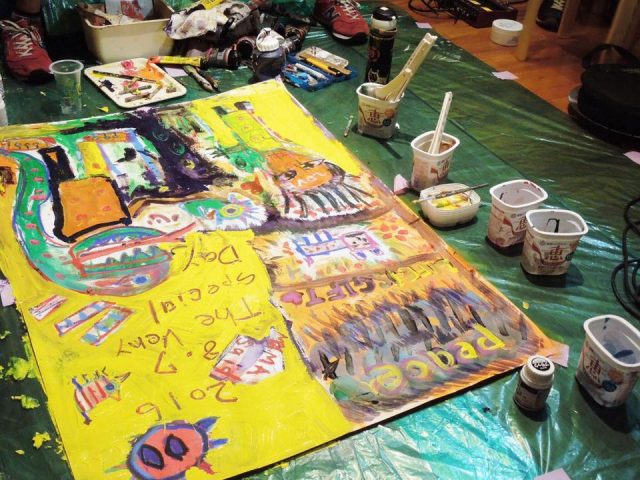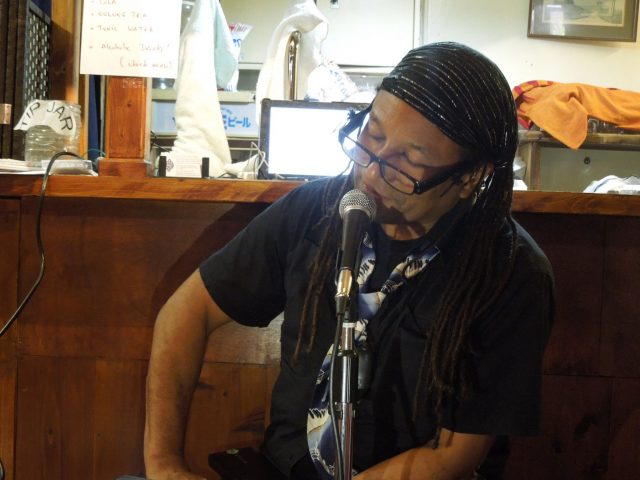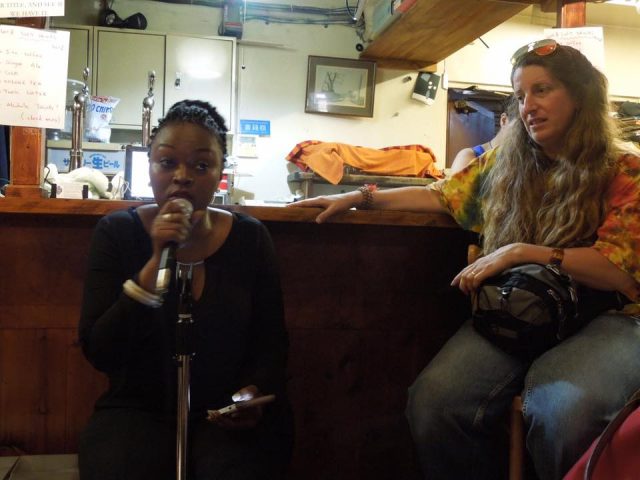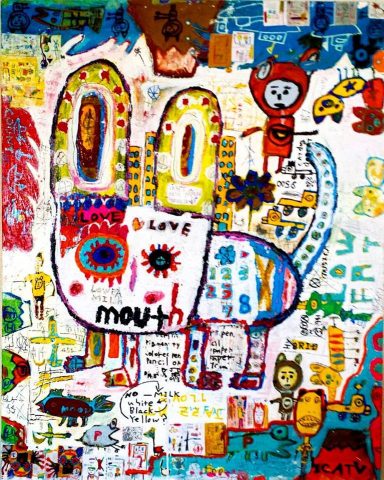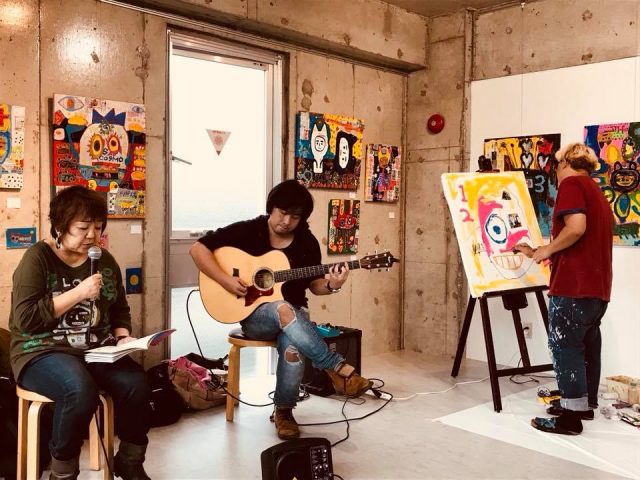A Letter to Isaku
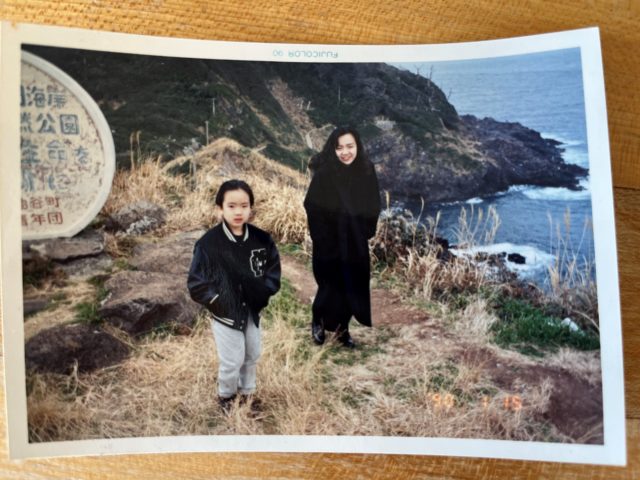
This came from a corner of my desk when I was cleaning up recently. It’s a letter I wrote to Isaku as part of a school requirement. I still like this letter, and I will keep it.
Spring 1998
Isaku
When you were still unborn, you were already someone I knew very well. I could feel you thinking inside my stomach, sucking on your thumb, looking at your tiny toes, jumping with surprise _ with me _ when something startling happened, like a dog barking out of the blue.
I hope I don’t embarrass you with this letter, which Brother John O’Donnell tells me you will have to read before your schoolmates. But I would like you to know that I love you very much. And nothing will change that, ever.
These days, I feel you are sometimes unsure about your future. That’s understandable. Like other Sophomores, you are still so young, yet important decisions are coming up on you fast.
Having two nationalities, two cultures and languages may seem a bit confusing, but it merely opens up more choices for you. You don’t have to close the doors of opportunity too hastily. You have plenty of time. Be strong and believe in yourself, although it is OK to be weak, and you are not alone. Many people, including your teachers and friends who care about you, are there to help you.
I hope you do your best in your studies and try to grow up to be a fine young man. The world is a beautiful place, but it is filled with many problems and needs young people like you to care and at least give it a good try to bring about a change for the better.
I thank God every day for making you part of my life. I thank God for keeping you safe.
It is only after becoming a mother and watching you gradually grow into adulthood that I finally know why God chose to come to us as a little boy who grew up among us. He knew that would make it so easy for us to love Him. It seems such a very simple and so obvious a fact, I don’t know why I didn’t think of it before.
Have a good retreat,
Mom
